According to recent studies, Facebook ads are now more effective than traditional TV advertising. Yet most companies find that the return on investment from Facebook ads falls well short of their expectations. In this guide to Facebook Ads, we'll give you some tips on how to improve your results.
Why advertise on Facebook
It's hard to believe that Facebook, which was founded just over two decades ago, in February 2004, is already celebrating its 20th anniversary. In that time, the social media platform has grown from a small Harvard dorm room project to a website used by over 2 billion people worldwide.
Facebook is a social network with over 2 billion monthly active users. So it's likely that your target audience can be found there. So advertising on Facebook and its partner platforms (Instagram, What's app and messenger) will allow you to showcase your brand and engage your potential customers. What's more, Facebook ads are customizable, so you can choose the audience you want to reach. You also define your budget, so you can control costs. Finally, the results of Facebook advertising campaigns can be tracked in real time to assess whether or not they are performing well.
Facebook Ads for the entire conversion funnel
The marketing conversion funnel is a model that describes how prospects convert into customers. It is made up of four stages: product discovery, product interest, information search and purchase decision.
Facebook Ads allow you to target prospects at different stages of the funnel. The idea is therefore to think about the most suitable account structure, for example, you can use ads to introduce your product to people who don't yet know about it, or encourage people to take an interest in your product by showing them the benefits it offers. You can also use ads to obtain information about potential customers, such as their interests and needs. Finally, you can use ads to persuade people to take the next step in the funnel and buy your product.
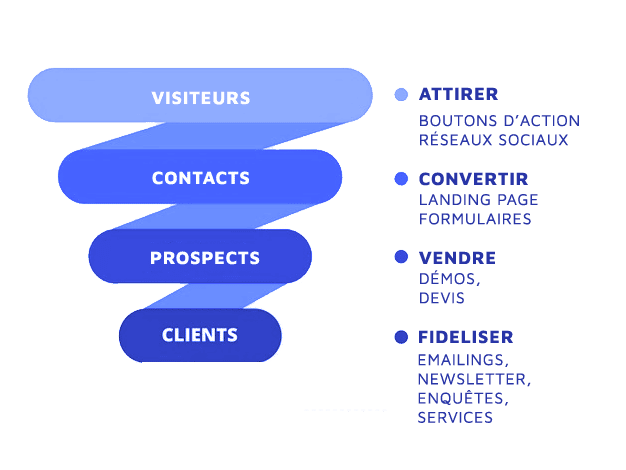
Guide to creating successful Facebook Ads
Create a business manager account on Facebook
To create a Business Manager account, log on to facebook.com and click on "create an account". Enter the required information (company name, email address and password) and click on "continue".
Setting up your Business Manager account
Once an account has been created, it will be set to "administrator" mode by default. This will give you access to all account features, including the ability to modify settings and add users. If you do not wish to have access to certain features, modify the account settings by going to "settings" > "account".
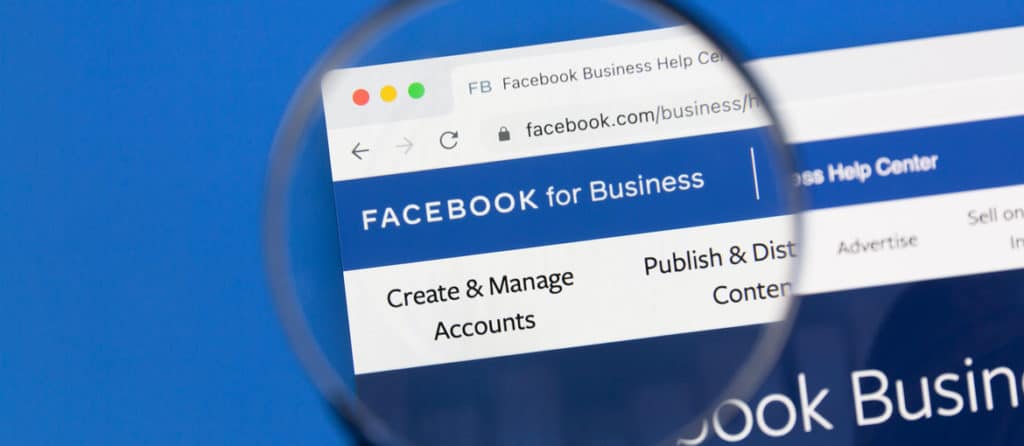
Add a page to your Business Manager account
To create a Facebook page for your company, add a page to your Business Manager account. Go to "pages" > "Add a page" and enter the required information (company name, page URL and page type). Click on "Add". Your page will be added to your Business Manager account.
Add employees to manage your Facebook page
If you don't want to manage your Facebook page alone, recruit employees to do it for you. Go to "Pages" > "Employees" and click on "Add an employee". Enter the required information (surname, first name, email address and job title) and click on "Send".
Installing your Facebook Pixel
The Facebook pixel is a tool for tracking the results of your advertising campaigns and evaluating their performance. It's a small piece of code that you insert on your website to collect visitor data. The data collected in this way enables you to target the audiences who are most interested in your product or service.
For install the Facebook pixel on your websiteGo to your "Event Manager" and click on "Add a pixel". Then enter the pixel name and click on "Create".
Once you've created your Facebook pixel, you need to integrate it into your site. To do this, you can use Google Tag Manager. Google Tag Manager is a tool that lets you easily manage tags (the Facebook pixel code, for example) on your site. To use Google Tag Manager, log on to tagmanager.google.com and create an account. Enter the required information (company name, email address and password) and click "continue".
Once the account has been created, log on to tagmanager.google.com and click on "Add a source". Select "Facebook Pixel" and click "Add".
The Facebook Pixel will be added to your Google Tag Manager account. You can then install it on your site by following the instructions provided by Google Tag Manager.

Install Facebook CAPI
The Facebook Conversion API is an API that allows you to collect data from your website visitors directly at the browser level and send it to Facebook.
The use of Facebook server side tagging is a good complement to browser integration via the Pixel (richer information, less subject to IOS14 limitations, ATT, Adblocker and third-party cookie blocking imposed by certain browsers like Safari).
Today, this integration is essential to the performance of your Facebook Ads campaigns.
Defining your target (ICP)
When defining your target audience for Facebook ads, it's important to consider your company's Customer Value Proposition (CVP). Your CVP is the unique selling proposition (USP) of your product or service and explains why a customer should buy from you rather than a competitor.
To determine who your target audience should be, ask yourself the following questions:
- What is my company's CVP?
- What needs or desires does my product or service meet?
- Who are my typical customers?
- What are their demographic characteristics (age, gender, location, etc.)?
- What's in it for them?
- What are their buying habits?
Once you understand who your target audience is, you can start targeting them with Facebook ads. You can target people based on their age, location, interests and buying behavior. You can also target people who have visited your website or engaged with your brand on Facebook.

Guide to creating a Facebook Ads account structure
It is essential to define the structure of your Facebook Ads account. This will help avoid errors and facilitate campaign management.
Create separate campaigns according to objectives (e.g. "promotional campaigns", "customer acquisition campaigns", "loyalty campaigns").
There are different types of Facebook Ads campaigns recommended to achieve your marketing objectives. Here are the main campaign types:
- Visibility: this campaign is designed to maximize your brand's visibility on Facebook, helping it to be discovered by the public and generate traffic to the site.
- Notoriety: as with, for example, the branded content ads which allow a creator's post to be used as an advertisement on any audience.
- Lead acquisition: this campaign is designed to acquire qualified leads (contacts). It uses forms directly on Facebook to ask visitors for their personal information (name, email address, phone number, etc.). These campaigns can also redirect traffic to your website pages.
- Loyalty or remarketing: this campaign is designed to encourage the most engaged visitors to come back and buy from you. It uses special offers and promo codes to encourage people to make a purchase.
- Conversion: this campaign is designed to turn visitors into customers. It uses forms or "Buy" buttons to enable visitors to complete the purchase.
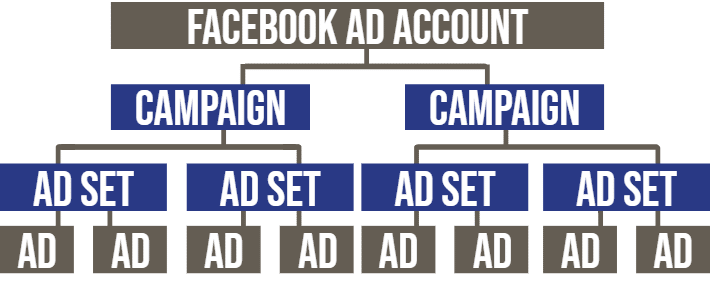
Campaign budget optimization (CBO)
Campaign Budget Optimization (CBO) is a feature of Facebook Ads that lets you adjust your budget for each campaign, automatically allocating more money to ad groups that are performing better and less money to those that aren't. This helps you make the most of your advertising budget and get the best results.
To use CBO, first create a campaign and define its budget. Then click on the "Budget Optimization" tab and select "Automatic". Facebook will then automatically adjust your budget to ensure that your best-performing ads receive more funding than your worst-performing campaigns.
On a broader level, you need to think ahead about the budget you need to allocate to each campaign, so that you can distribute it judiciously according to your priorities (visibility, conversions, lead acquisition, loyalty, etc.).
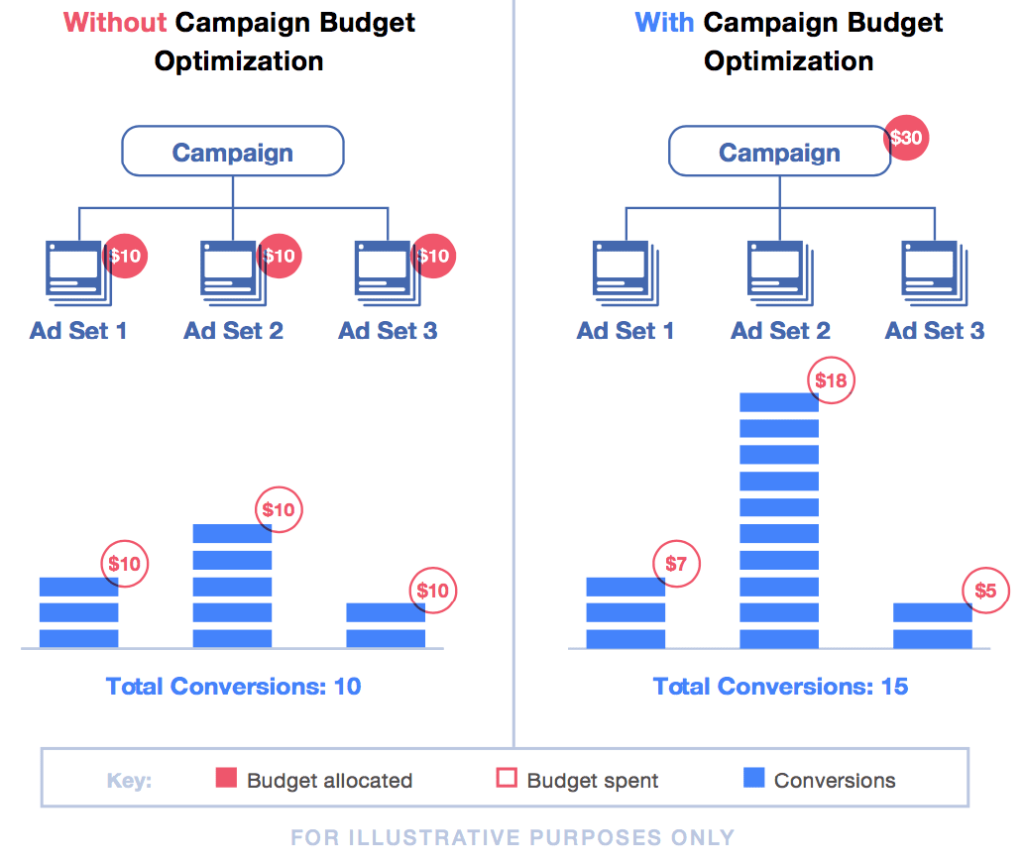
Create an attractive ad
Facebook ads are highly visual, and it's important to use attractive visuals to attract the attention of the target audience. Studies have shown that visuals account for a very significant proportion of ad performance on Facebook and Instagram.
Here are some tips for creating effective ads on Facebook:
- Use visuals that match your brand and your message.
- Make sure your visuals are of good quality and stand out on different screen resolutions.
- Use visuals that encourage people to take action, such as forms or "Buy" buttons.
- Be creative and use different visual formats (photos, infographics, videos, etc.).
- Renew your visuals frequently.
Video is a highly effective format on social networks, attracting the attention of target audiences. UGCs (User Generated Content), for example, have the potential to engage users and spur them to action. These videos, produced by users themselves, have an authentic, more personalized feel than traditional advertising.
By using video, you'll increase the chances of your ad being noticed and prompting people to take action. To be effective, videos must respect the platform's codes (accessible, subtitled, in the right format, and relatively short).
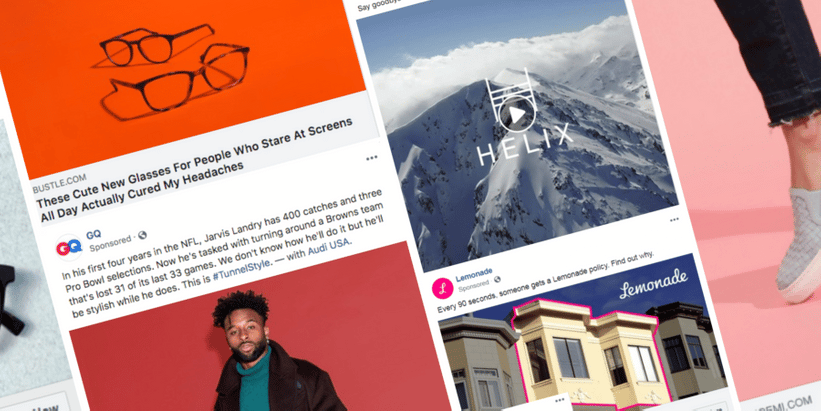
Combine your ad with a powerful advertising message
The advertising message is essential for an effective Facebook Ads campaign. The message must be in line with the target audience and the campaign objectives. It's also important to regularly renew advertising messages to keep the target audience's attention.
There are several types of advertising messages that can be used on Facebook:
- The introduction: this message is used to introduce your product or service and encourage people to click to find out more.
- Promotion: this message is used to encourage people to buy your product or service.
- The invitation: this message is used to encourage people to take part in an activity, such as a contest or event.
- Thank-you message: this message is used to thank people who have purchased your product or service.
Choosing the right advertising message depends on the objectives of your campaign and the characteristics of your target audience. That's why it's important to think through the various possible messages in advance, and choose the one that will be most effective in achieving your objectives.
Guide to evaluating the results of your Facebook Ads campaigns
Key performance indicators on Facebook
It's important to measure the results of your Facebook Ads campaigns to know how effective they are, and to determine where improvements can be made. To evaluate results, Facebook provides a number of KPIs that enable you to track the performance of your campaigns.
The main KPIs on Facebook Ads are number of clicks, CTR (click-through rate), CPC (cost per click), CPA (cost to acquire a customer), and ROI (return on investment).
The number of clicks is the number of people who clicked on your ad. CTR is the percentage of the total number of clicks compared to the number of impressions. CPC is cost per click. CPA is the cost of acquiring a customer. ROI is the ratio of revenue generated to the cost of acquisition.
It's important to monitor these KPIs on a regular basis to assess the performance of your campaigns and identify areas for improvement.

Add UTMs for more in-depth analysis with Google Analytics
It is also possible to deepen the analysis using a platform like Google Analytics. This involves adding UTM tags to ad URLs. These UTM tags enable the analysis tool to understand the precise origin of traffic.
To add UTM tags, select the campaign to which you wish to add UTM tags. Then click on "Advanced settings" and check the "Show UTM variables" box.
Finally, you must complete the following information:
- utm_source" lets you know where the traffic registered by the campaign comes from.
- utm_medium" indicates the type of media used to promote the campaign (e.g. email, Facebook, etc.).
- utm_campaign" identifies the campaign to which the traffic corresponds.
- utm_term" identifies the Google search term that led to the click on the ad.
- utm_content" allows you to distinguish the different contents associated with a single ad (e.g. text, images, videos).

Conclusion: Facebook Ads advertising guide
Facebook Ads is an excellent platform for addressing the entire conversion funnel. To achieve the best possible performance, it's essential to correctly set up your Facebook Pixel and CAPI to ensure reliable performance analysis and to allow the algorithm to learn. Optimizing budget, targeting and creative will help you get the most out of your ad spend. Finally, it's important to be able to evaluate the results of your campaigns to understand what's working and what's not, and adapt accordingly. The main performance indicators on Facebook will give you a general idea, but adding UTMs to go further with Google Analytics will give you even more information.
I'd like to thank you for the time you've taken to read this article. I hope it's answered any questions you may have, or if not, you can ask them directly at the foot of the page, and I'll be happy to answer them.
You can subscribe to the Mangrovea newsletter in the field below.
Finally, if you'd like help getting started, or if you're looking for someone to manage your Facebook advertising campaigns, contact our agency. Our team will be happy to answer all your questions and help you set up your campaigns.
See you soon!
Frequently asked questions
Do Facebook ads work?
There's no simple answer to this question, as it depends on a number of factors, such as the industry in which you operate and your target market. However, Facebook ads can be an effective way of reaching potential customers and generating leads.
One of the main advantages of Facebook ads is that they allow you to target a specific audience. You can choose to target people based on age, location, interests and other factors. This makes it more likely that your ads will reach the right people, and can help you reduce waste.
Another advantage of Facebook ads is that they're relatively affordable. You can set a budget for your ads, and you only pay when people click on them. This makes them a cost-effective way to reach your target market.
Overall, Facebook ads can be an effective way of reaching potential customers and generating leads. However, it's important to remember that you need to tailor your ads to your audience and target market.
How much should I spend on Facebook advertising?
When it comes to advertising on Facebook, there's no single answer to the question of how much you should spend. Your advertising budget should be based on your specific goals and objectives, as well as your target audience.
That said, a good rule of thumb is to allocate around 2-5 % of your total marketing budget to Facebook advertising. If you're not sure how much to spend, start with a lower amount and test it; you can always adjust your budget later based on the results of your campaigns.
When it comes to creating your Facebook advertising campaign, make sure you focus on your goals and objectives. What do you hope to achieve with your ads? Do you want to increase brand awareness, drive traffic to your website or generate leads and sales? Once you know what you want to achieve, you can create ads that are tailored to those objectives.
Your target audience is also important when it comes to determining how much to spend on Facebook advertising. If you're targeting a very broad audience, you'll need to allocate a larger budget than if you're targeting a more specialized audience. The same applies if you're aiming for a very high level of reach or engagement.
Ultimately, it's important to remember that Facebook advertising is a tool that can help you achieve your business goals, but it's not a silver bullet. It takes time and effort to create successful campaigns, so be prepared to experiment and tweak your ads until they perform.
What are the pitfalls of Facebook advertising?
There are a few pitfalls to avoid when advertising on Facebook. First, it's important to set a budget and stick to it. Secondly, it's important to target your audience, as you can quickly waste money advertising to the wrong people. Finally, it's important to monitor results and adapt your campaign accordingly - if something isn't working, don't be afraid to change it.
How often should I run ads on Facebook?
Generally speaking, it's best to run Facebook ads regularly to keep your brand fresh in the minds of your target customers. In addition, you can use Facebook ads to run different promotions or products to see which ones are the most successful.
Ultimately, it's important to test and experiment with different ad campaigns to find what works best for your business. But as a general rule, regular use of Facebook ads is the best way to get results.




